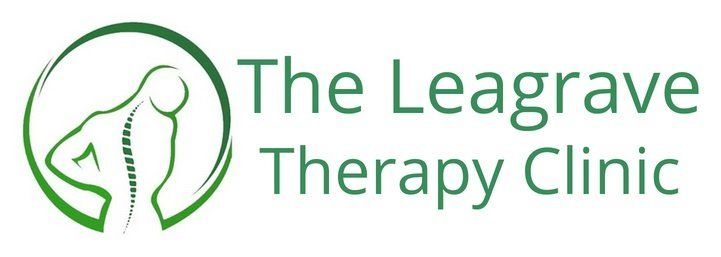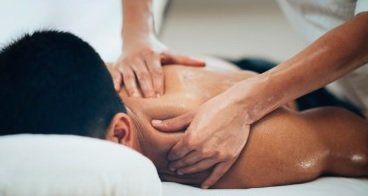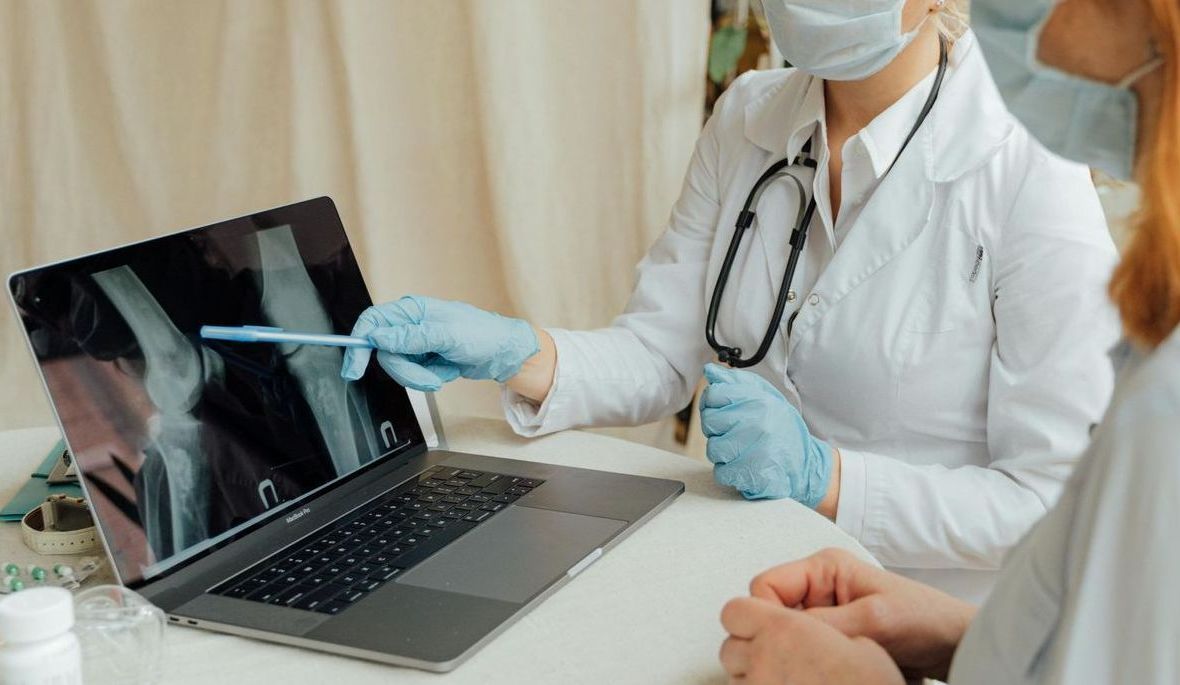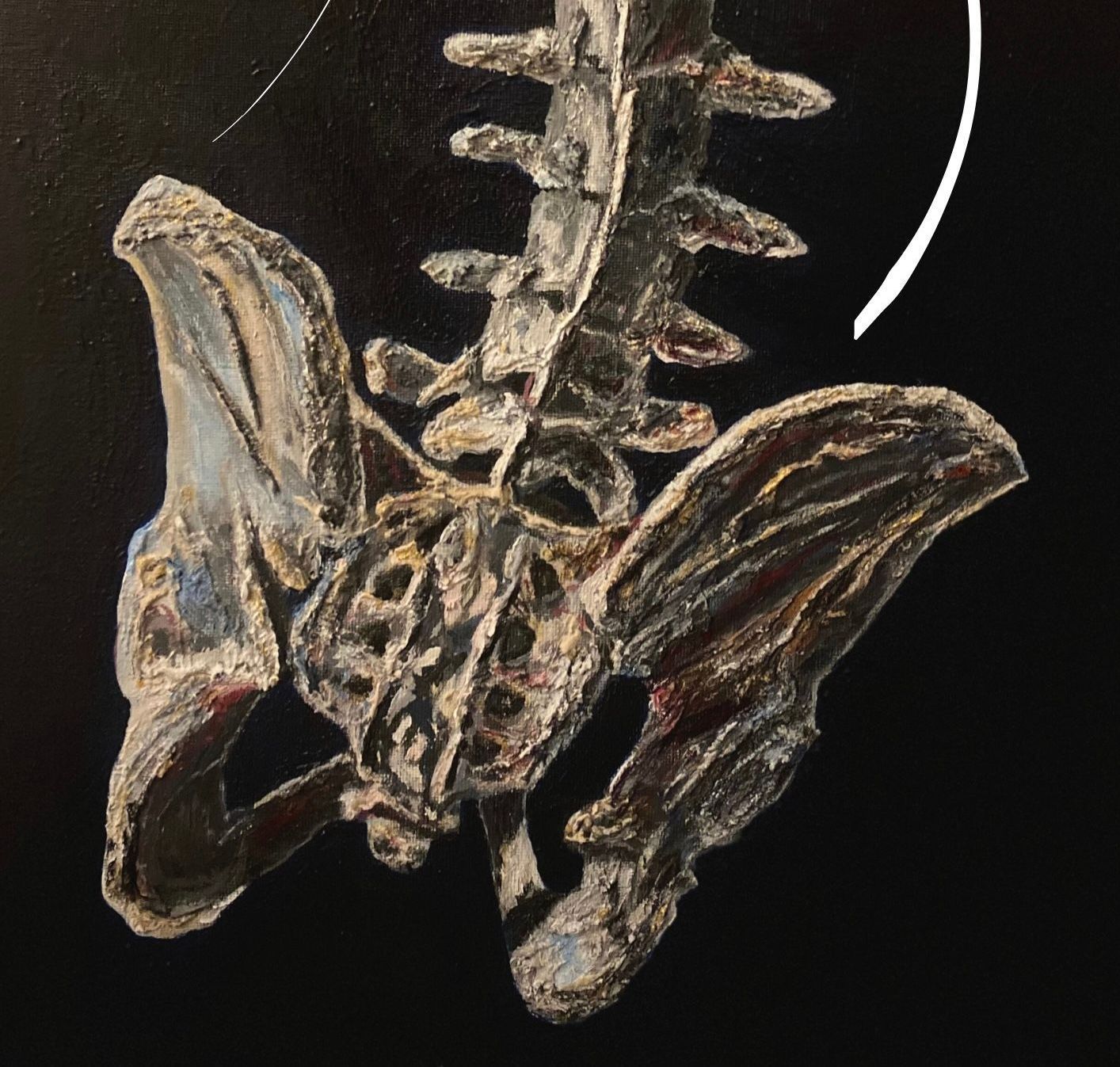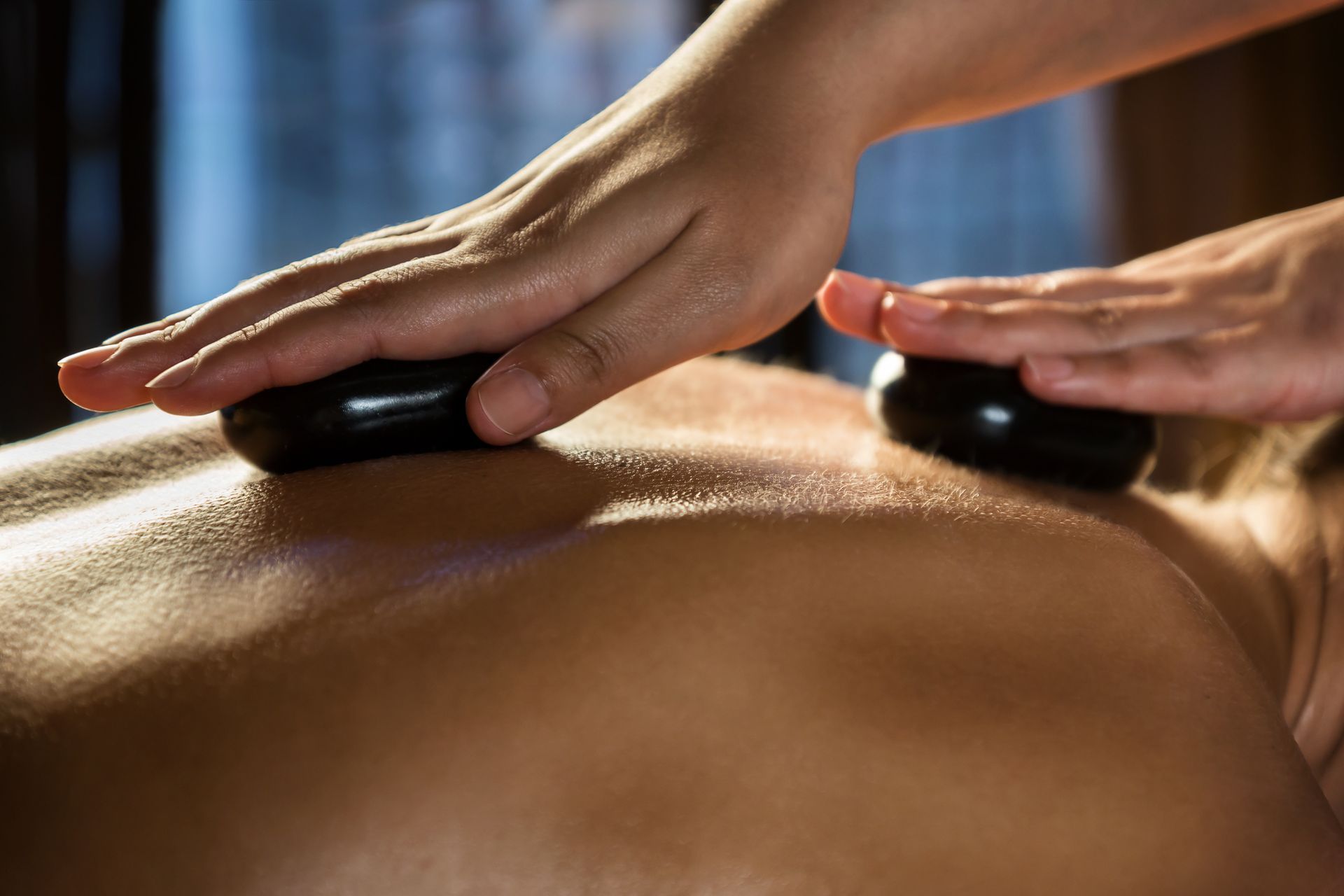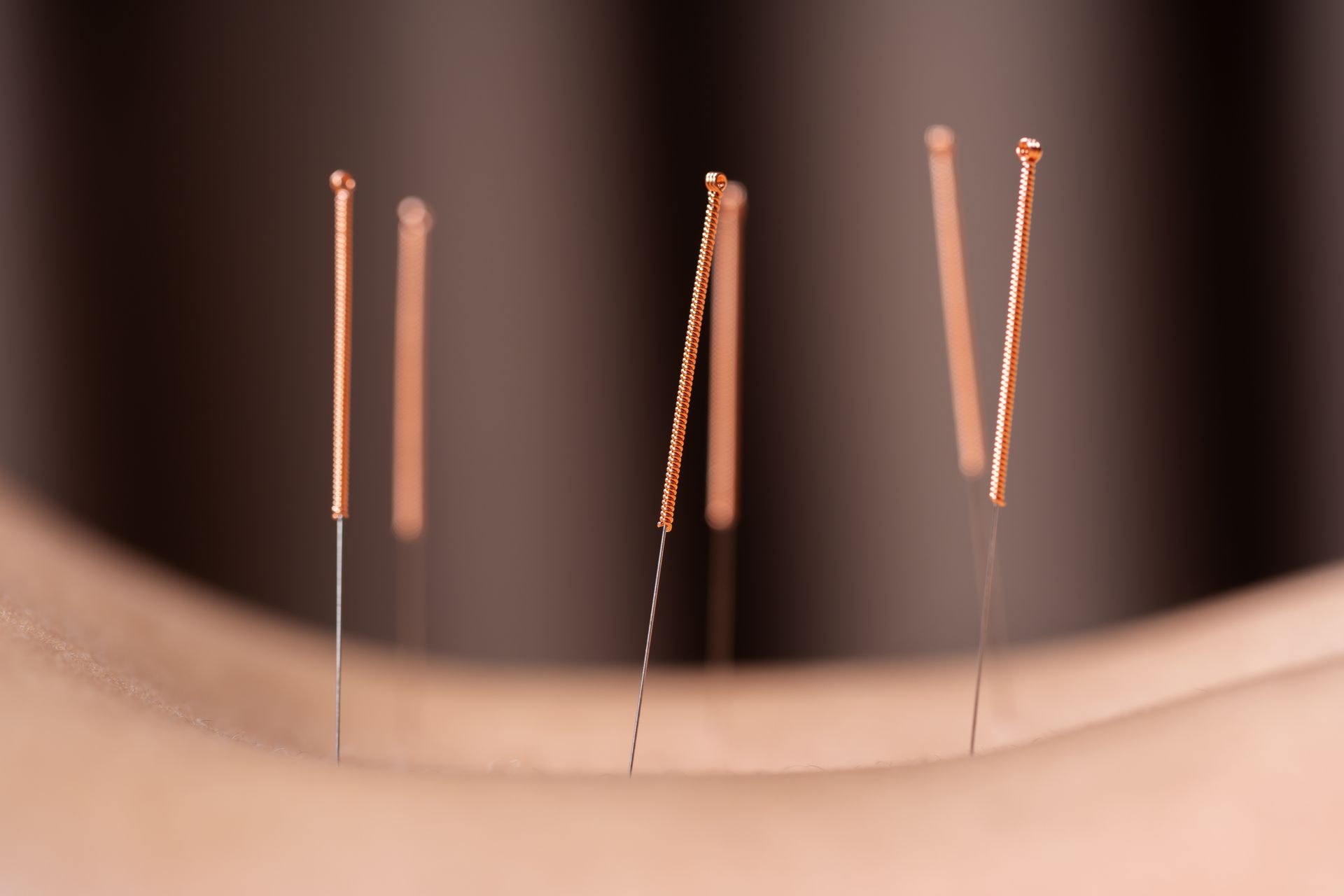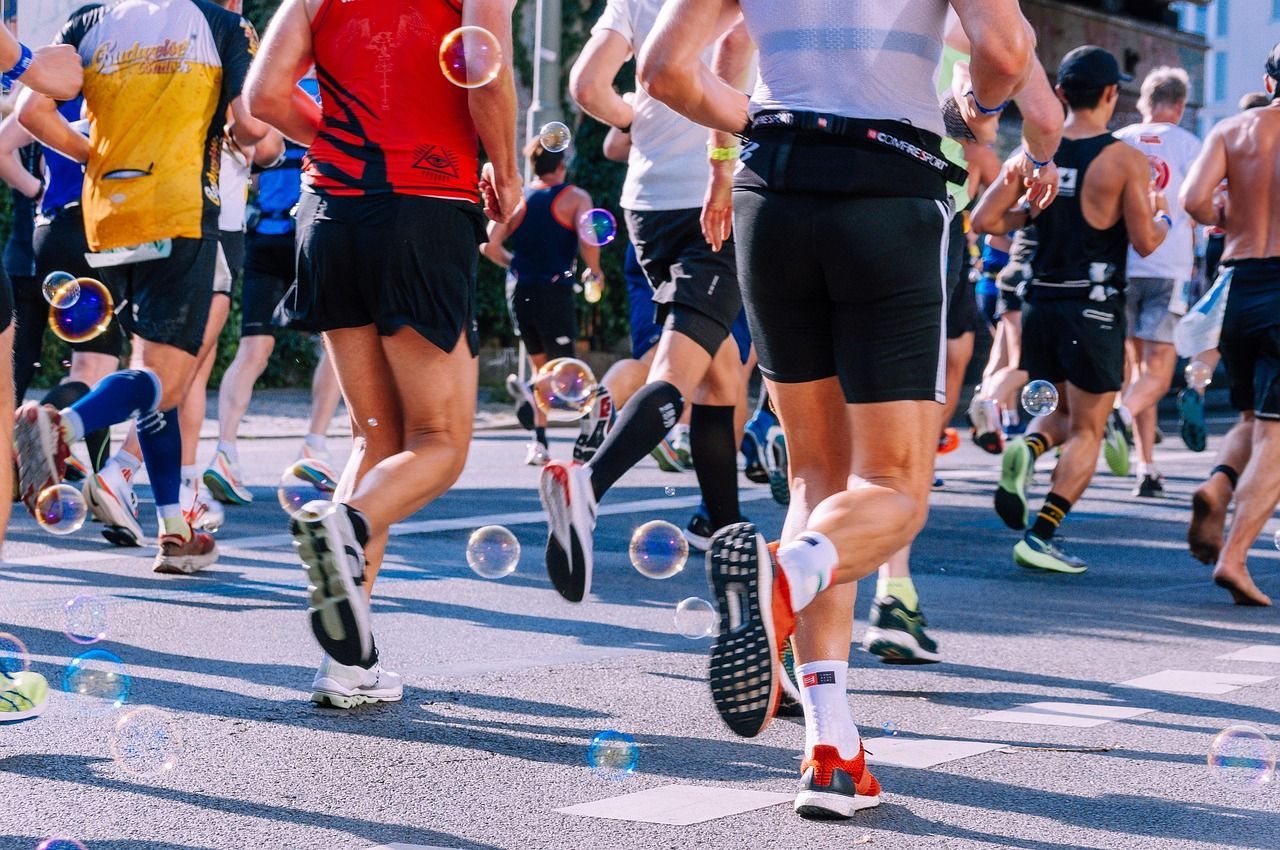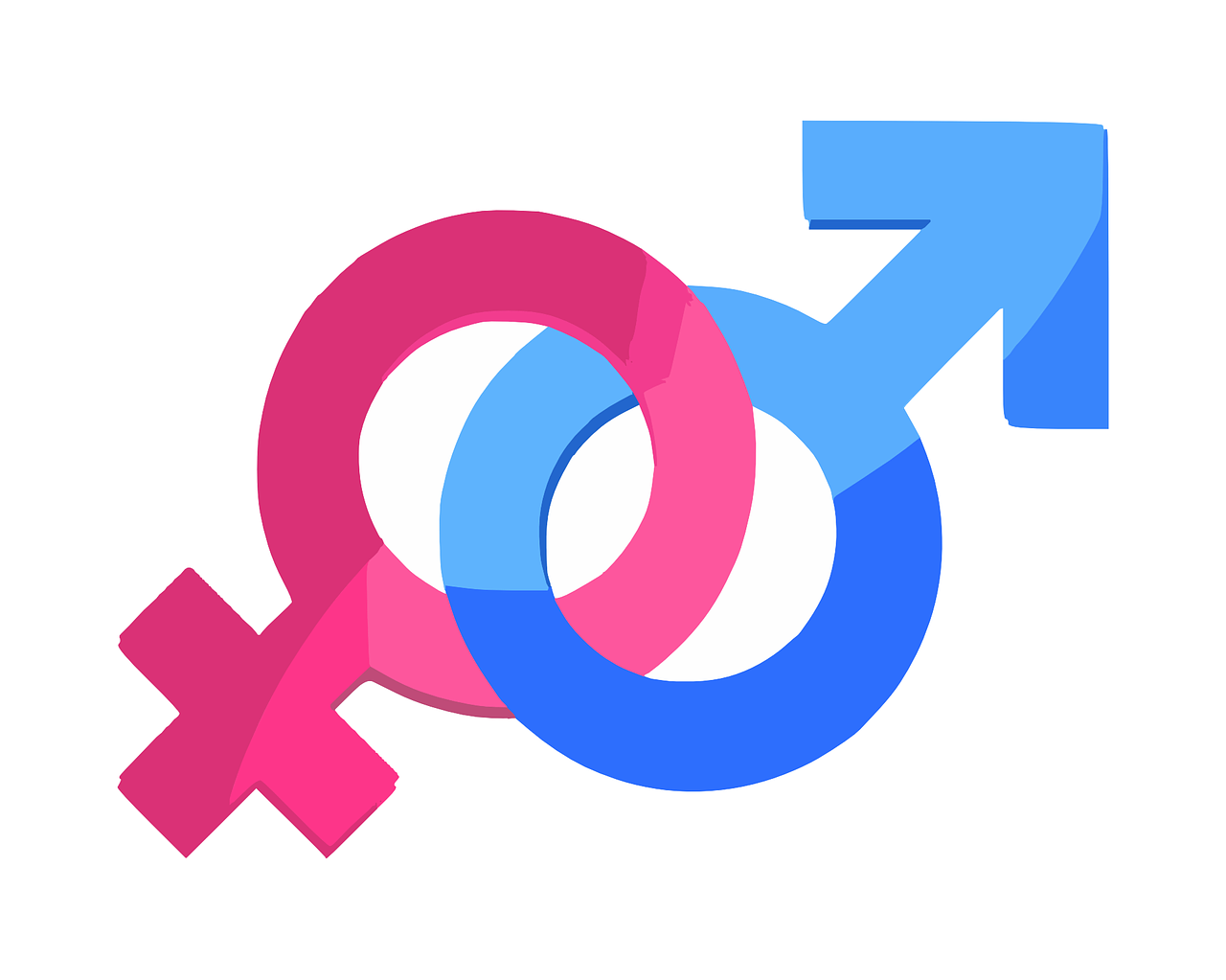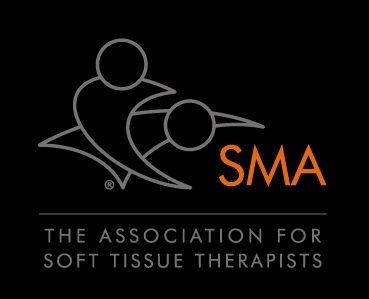Diamond Peel Microdermabrasion (MD)
- by Leagrave Therapy
- •
- 08 Nov, 2023
- •
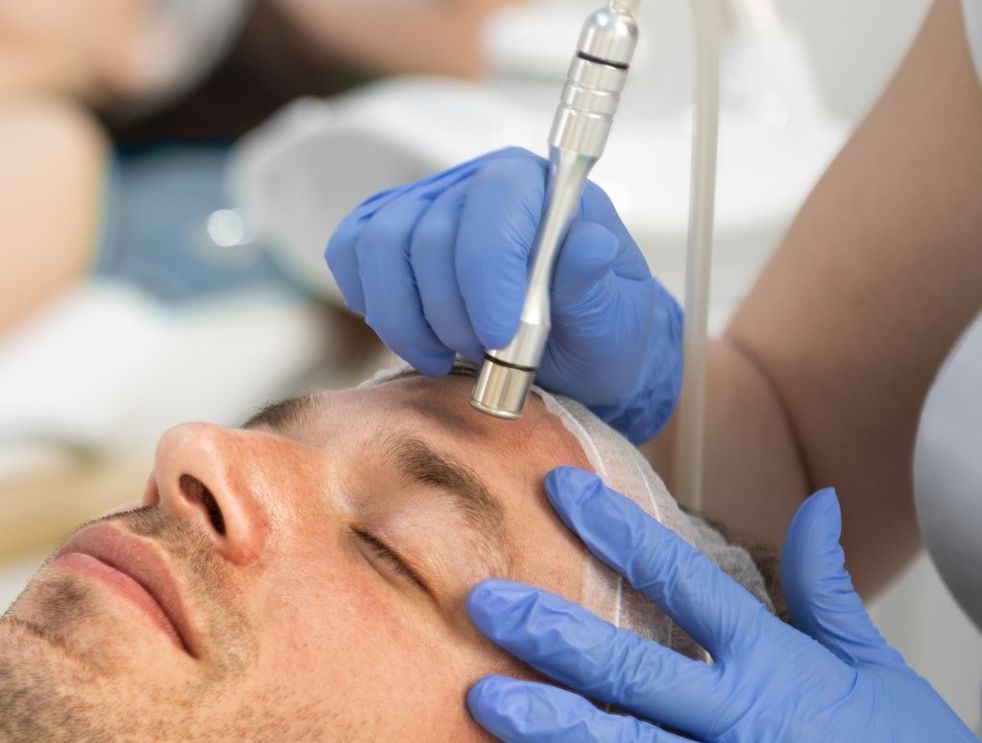
What is A Diamond Peel Facial and Who Is It For?
A Diamond Peel is a crystal-free microdermabrasion (MD). The diamond tipped hand-piece gently removes dead cells and debris on the outermost epidermal layer of the skin known as the stratum corneum. This helps to exfoliate, clean and reduce large pores within the skin.
People might choose to get the procedure if they have the following skin concerns:
Phyiological Effects

Before MD treatment is performed, the skin is cleansed to remove makeup and debris, the diamond tip lifts away dead skin, unblocks pores and stimulates collagen production.
Microdermabrasion helps rejuvenate the skin as the removal of dead skin cells reveals the younger cells below and allows skincare products to absorb into the skin. The gentle vacuum removes debris and stimulates microcirculation which increases cell renewal to help reduce the appearance of fine lines and pigmentation.
The Diamond Peel gently, safely removes the outer layers of the stratum corneum, and any debris on the skin such as surface blackheads, whiteheads, oil and dirt. The Diamond Peel is excellent for anyone whose skin is dull, flaky, dry, and anyone with clogged pores. The Diamond Peel can also help improve the appearance of brown pigment spots and wrinkles, and can also help patients with mild to moderate acne by opening up the pores and allowing them to breathe.
The Diamond Peel uses a diamond tipped precision hand piece to gently exfoliate the skin. The Diamond Peel is safe, effective, gentle, clean, won't leave any residue on the skin, and allows you to see exactly how much dead skin and debris is removed.
What is the treatment like?
Microdermabrasion treatments are not aggressive; they are gentle and progressive, and best of all, they work! Most patients find Diamond Peel Microdermabrasion treatments to be quite relaxing. The treatment is like a "superficial skin polishing". In as little as thirty-five minutes, this gentle technique efficiently produces satisfying results. Following the treatment, we will apply toner and creams to further soften and moisturise the skin.
Who are the best candidates for a Diamond Skin Peel Microdermabrasion?
A Diamond tip Microdermabrasion are for those that:
- Cannot afford to take time off for healing from a chemical peel or an invasive laser procedure.
- Don't like or want injections.
- Don't want to put off their outdoor activities like golf, tennis or skiing.
- Have skin sensitivities to chemicals or make-up. • Have acne-prone skin that has not responded well to other acne remedies.
- Diminish fine lines or skin that shows signs of ageing.
- Wish to freshen their skin's appearance.
- Wish to diminish scars and stretch marks.
No, a feeling of some abrasion and slight suction might be felt but the procedure is not painful.
How long is the Diamond Peel procedure?
A Diamond MD procedure takes approximately 10 -15 minutes.
Can I go back to work and put on makeup after the procedure
Going back to work after is fine, but it is not advised to wear make up for the first 24 hours post MD treatment to allow the skin to heal.
Is Diamond Peel Microdermabrasion safe?
Yes. Diamond Peel Microdermabrasion is non-invasive. The procedure only removes the outermost layer of dead skin cells to reveal the fresher, younger cells beneath. Regardless of the skin type, fine lines, acne scars and stretch marks can be reduced.
How soon will I see results?
Immediately. After your first treatment your skin will have a fresh pink glow. It will look healthier and feel smoother and softer. Your improvement will continue throughout your treatment program.
What if I am using Retin-Actin or Retinol?
Clients are asked to not use these products for 24 hours before an MD treatment. Clients are advised to not apply for 72 hours post treatment.
Roaccutane/ Accutane
Steroid creams or medication such as Roaccutane/accutane significantly thins the skin. Clients are advised not to have a microdermabrasion treatment until 6 months after the last use of Roaccutane/accutane.
Depending on your particular concerns and your treatment program, clients can have a Diamond Peel every 2-4 weeks.
What is included in the aftercare advise?
Aftercare advise will include the avoidance of direct exposure to the sun for at least 48 hours after treatment, to use a sunscreen to block UVB and UVA rays each day, preferably SPF factor 30. To avoid excessive exercise for 48 hours post treatment. Within 7 days post treatment clients are advised to not perform: waxing, apply exfoliants or scrubs. To avoid exfoliants, injections (e.g. collagen and botox, laser treatments, facials or masks, chemical peels, electrolysis and tweezing.
Why should I choose Diamond Peel Microdermabrasion?
Microdermabrasion takes less time than other more invasive procedures. There is no recovery period, no discomfort and you can resume regular activities immediately. If you are unhappy with age spots, acne scars, stretch marks, fine wrinkles or flaking skin, Diamond Peel Microdermabrasion can be a good option for you. Diamond tipped microdermabrasion treatments combined with our other skin care therapies are a safe approach to skin care.
Who Should Not Have Microdermabrasion:
Contraindications for this treatment include:
* Cuts and abrasions * scar tissue from recent minor surgery or 2 years post major surgery * bruising and swelling * sunburn * post medium or deep skin peels * botox injections - 6 to 8 weeks prior * dermal fillers 4 to 6 weeks prior * recent laser resurfacing * pregnancy * laser hair removal - 1 week prior * client is taking oral blood thinners * Oral Roaccutane medication * neuralgia and loss of skin sensation * skin cancer * during cancer treatment * Rosacea * Anaemia or medical conditions that cause clients to bruise easily * bacterial infections such as impetigo, boils, cellulitis, folliculitis * parasitic infestation such as scabies * Viral Infections such as herpes and warts fungal infections such as Ringworm * Autoimmune disorders.
Diabetic clients would need permission from their GP. Diabetes can compromise the nerves, blood circulation and oxygen supply and any damage to the skin will take longer to heal.
Severe Acne; Microdermabrasion can spread any bacteria Congested skin with grade 4 acne should not be treated
Diamond Peel Microdermabrasion is a simple, straight forward, non-invasive procedure that revitalizes dull skin, reduces large pores, erases fine lines and wrinkles, acne scars, reduces pigment irregularities (hyperpigmentation), stretch marks and age spots. Most importantly, it allows you to get back to your daily routine immediately after treatment.
